The third major solar eclipse within 8 years is coming up and the entire world is holding its breath patiently waiting for the most magicaleventof a lifetime.
The 8th of April is almost here and NASA is promising that the eclipse in 2024 should be even more exciting due to differences in the path, timing, and scientific research.
More info:NASA
On April 8, the Moon’s shadow will sweep across the United States as millions will watch the 3rd total solar eclipse
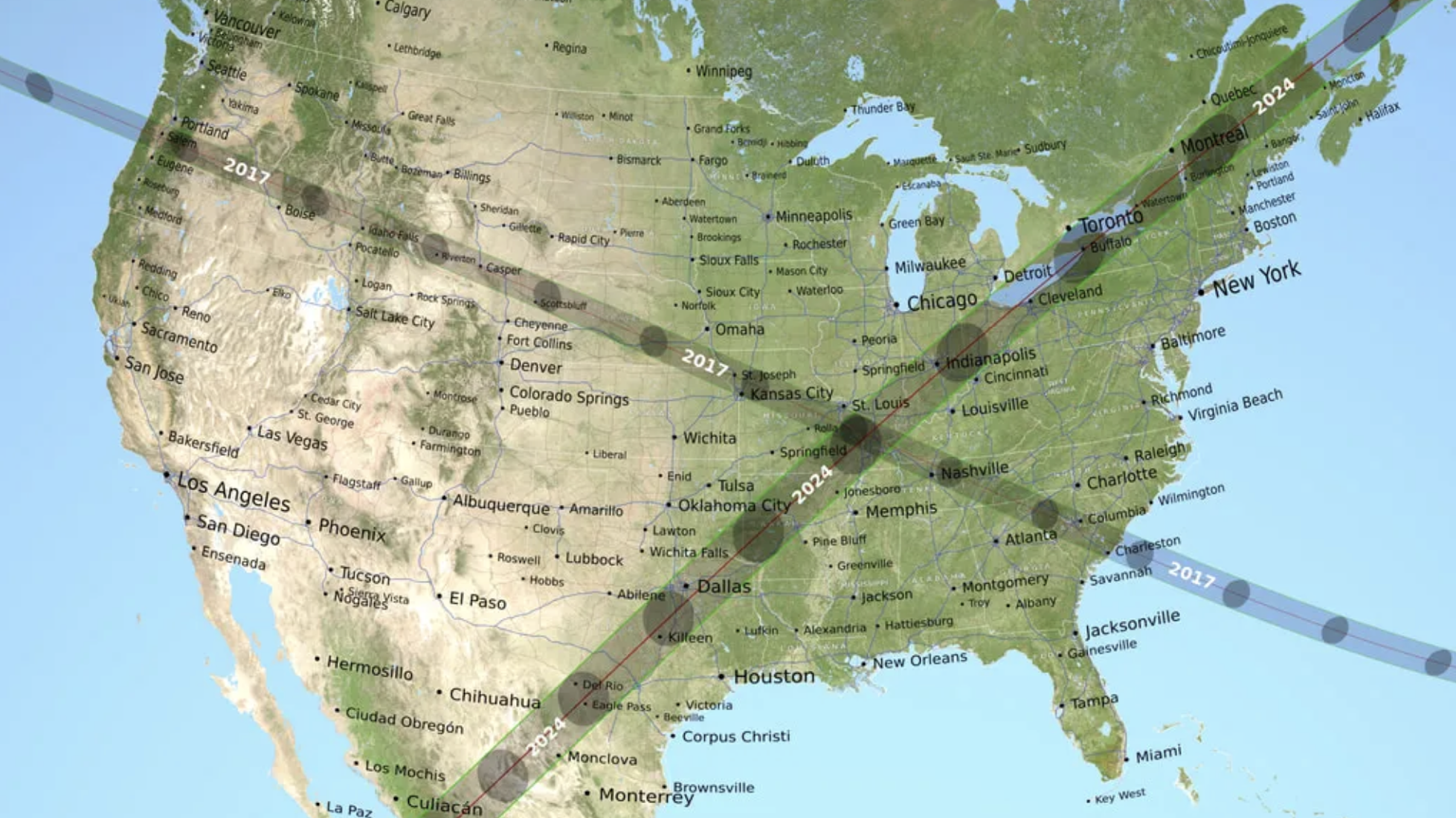
Image credits:NASA
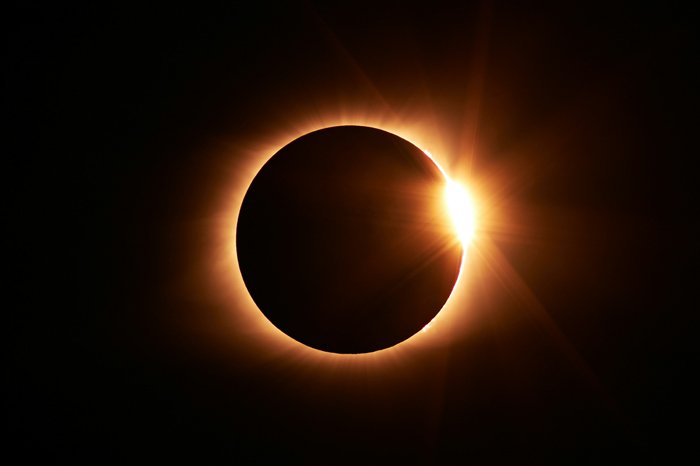
Image credits:Jongsun Lee
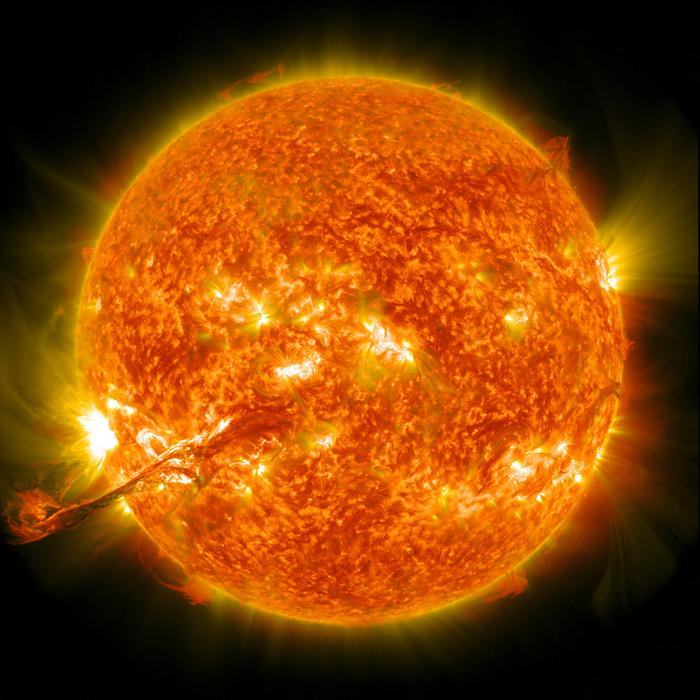
I guess not everyone knows what exactly the solar eclipse is, so here’s some explanation.
Solar eclipses are natural phenomena that occur when the Earth, theMoonand the Sun are aligned. Depending on how they align, eclipses provide a unique,exciting viewof either the Sun or the Moon.
When the Moon passes between the Sun and Earth, it casts a shadow on Earth that either fully or partially blocks the Sun’s light in some areas. This only can happen occasionally, because the Moon doesn’t orbit in the exact same plane as the Sun and Earth do. The time when they are aligned is known as eclipse season, which happens twice a year.
NASA marks out 4 types of solar eclipse:
A solar eclipse is when the Moon passes between the Sun and Earth, casting a shadow over parts of Earth and in this way blocking the Sun for observers in those places
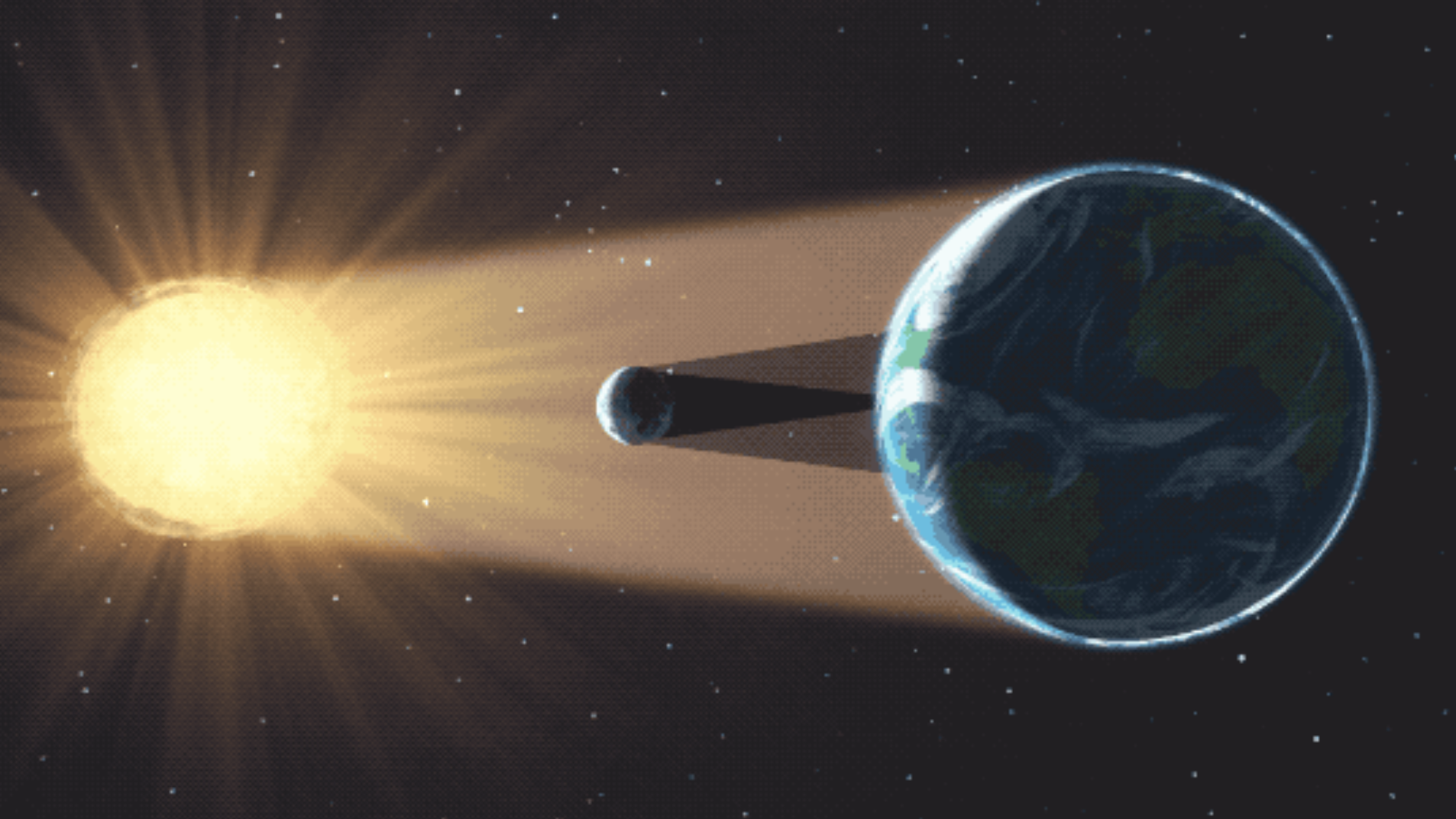

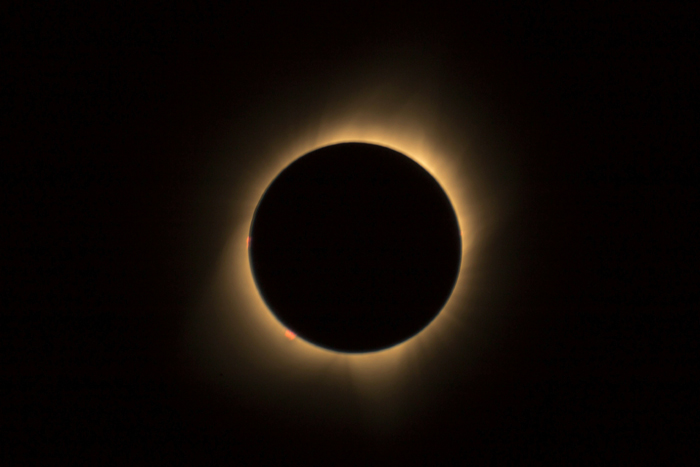
Image credits:Drew Rae
Very commonly, in different cultures all around the world, people would also gather together and make loud noises during an eclipse. They believed in this way, they would scare the demon trying to steal the Sun.
Nowadays, lots of people still associate the solar eclipse with evil omens that bring death, destruction, and disasters.
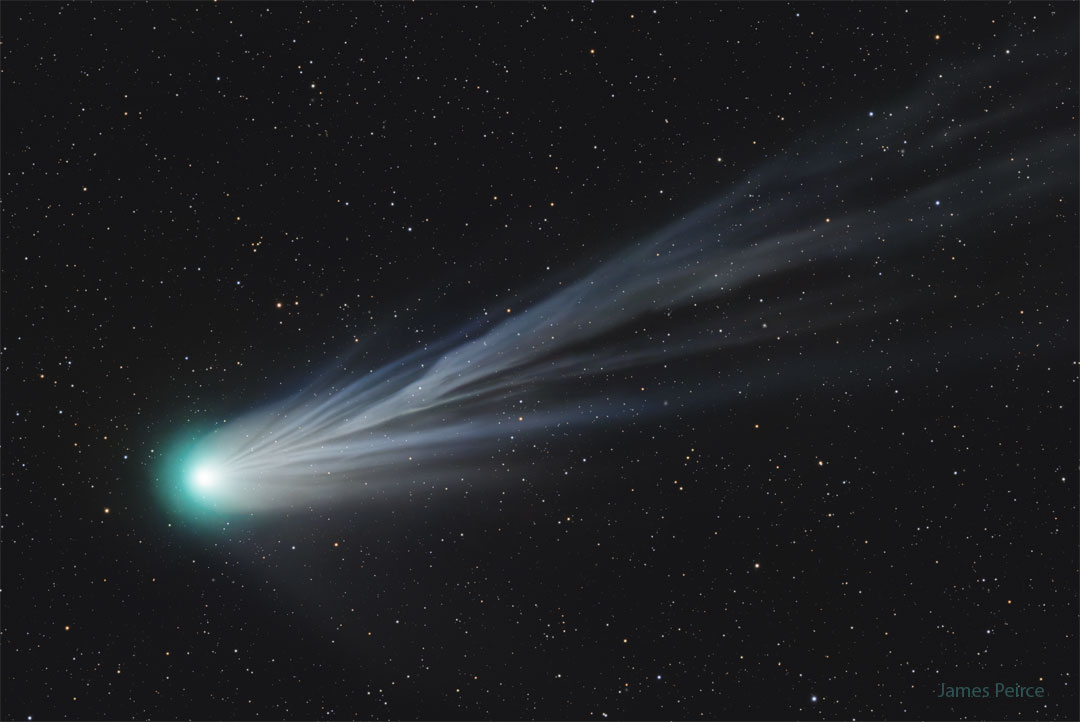
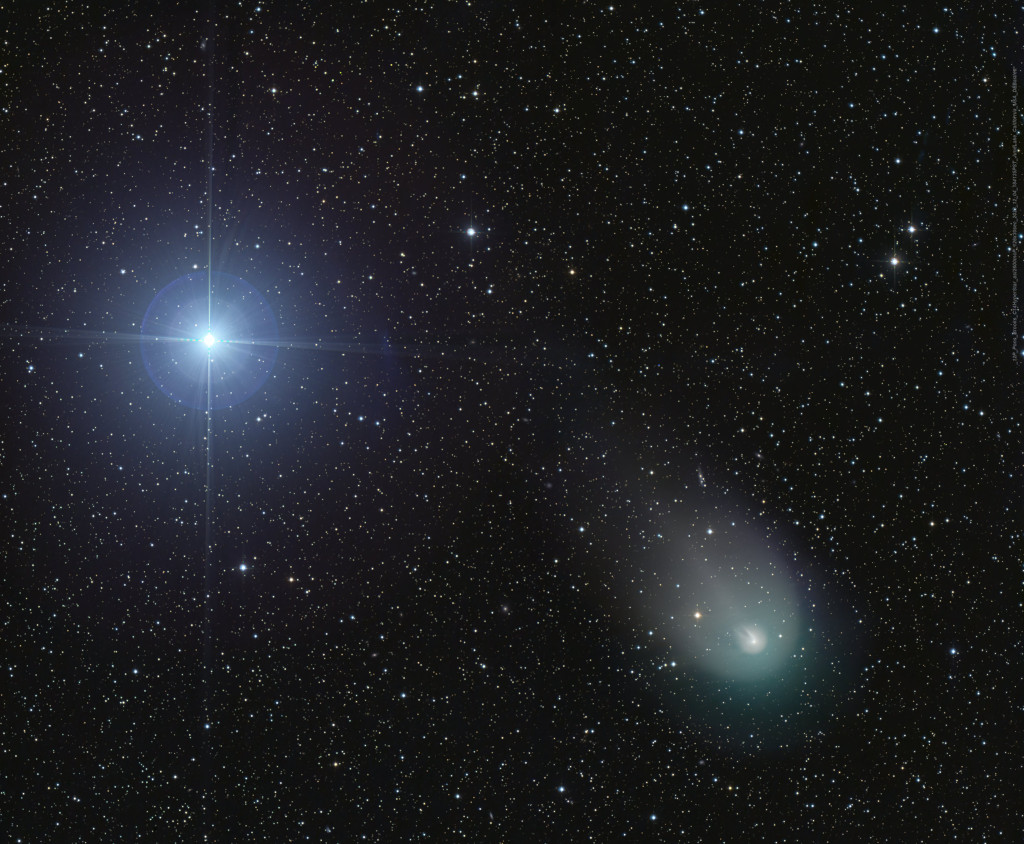
According toAmerican Astronomical Societyscientists, the devil comet has a diameter of at least 17 km and will make its closest pass of the Sun on April 21 and of Earth on June 2.
The 2024 total solar eclipse is going to be more interesting due to differences in path, timing and scientific research
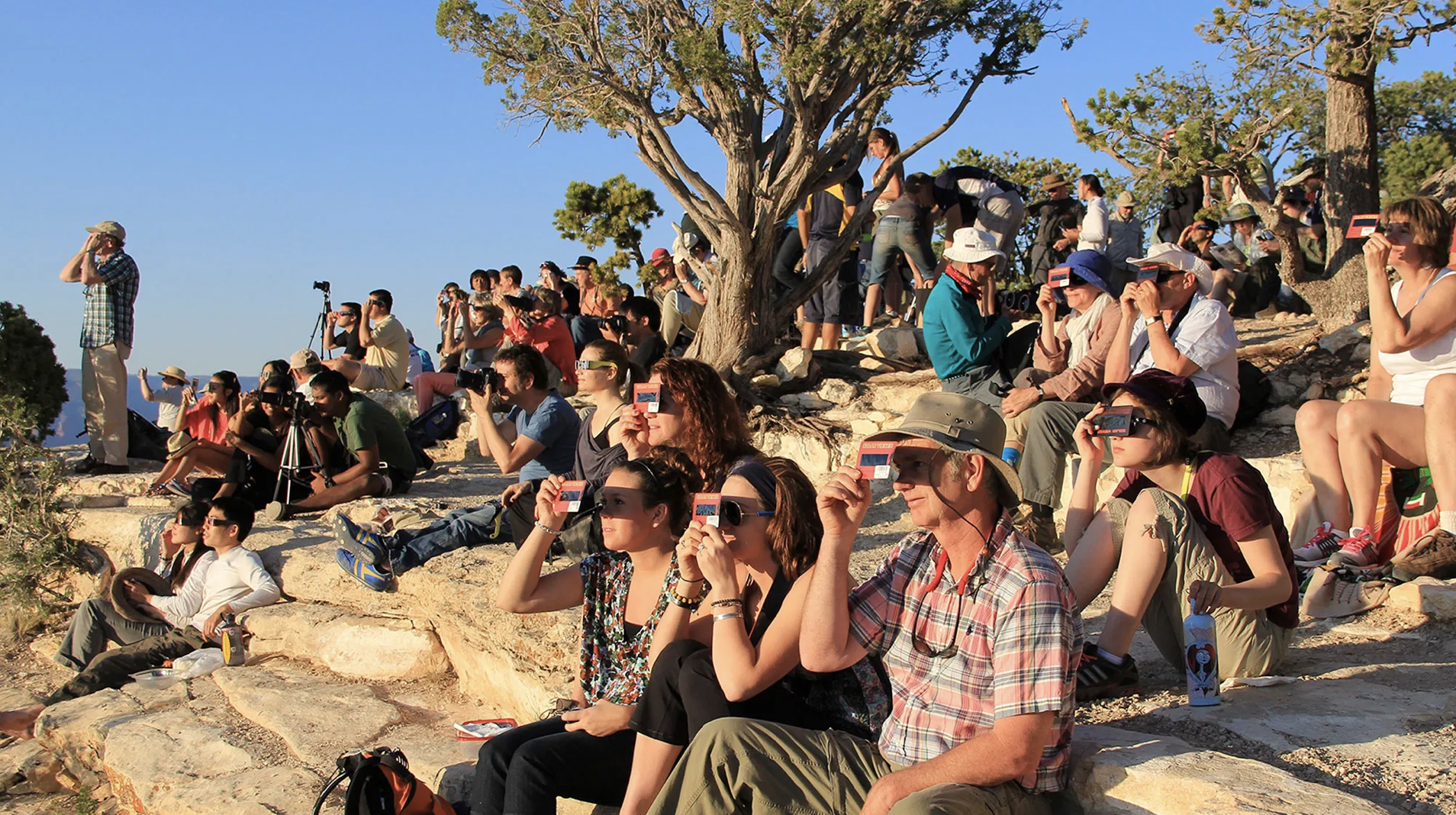
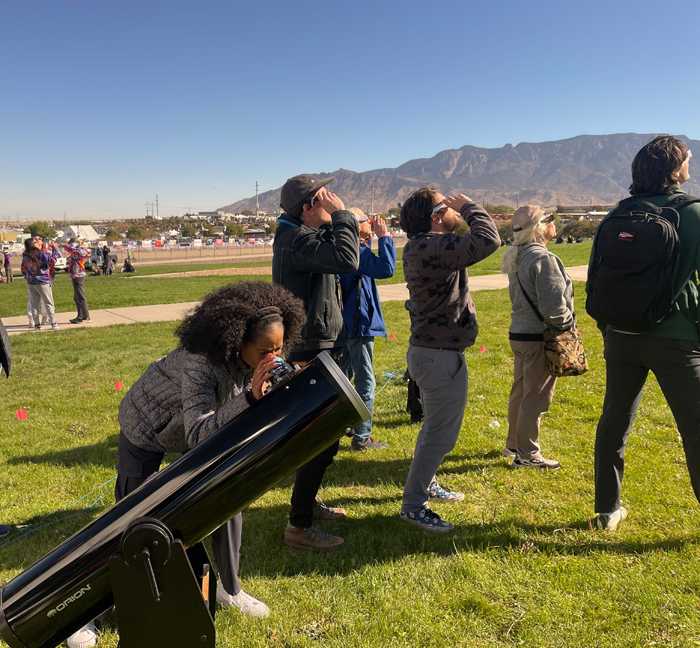
NASA will be livestreaming the 2024 solar eclipse from several sites along the path of totality
According to The Guinness World Records, the recent longest total solar eclipse occurred on 20 June in 1955, west of the Philippines, and was 7 min 8 sec. In 2017, sky-gazers could enjoy the solar eclipse for 2 min and 42 sec near Carbondale, Illinois, and this year, an area about 25 min northwest of Torreón, Mexico, will offer the longest totality at 4 min and 28 sec.
Something else that makes this 2024 eclipseuniqueis the timing: the sun is on an 11-year cycle and at the solar minimum, solar flares and other eruptions are least active, but during the April eclipse, it will be near the peak, or solar maximum.
The eclipse of 2024 definitely sounds like a once-in-a-lifetime experience to chase – just don’t forget to protect your eyes. More information about it and the best places to watch the remarkable sky event can be found onNASA’s eclipse website.
People shared their excitement on the internet about the once-in-a-lifetime sky event
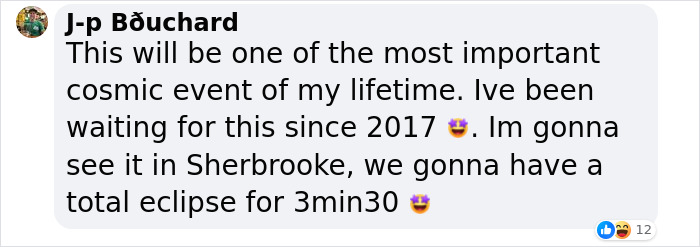





Science & Technology